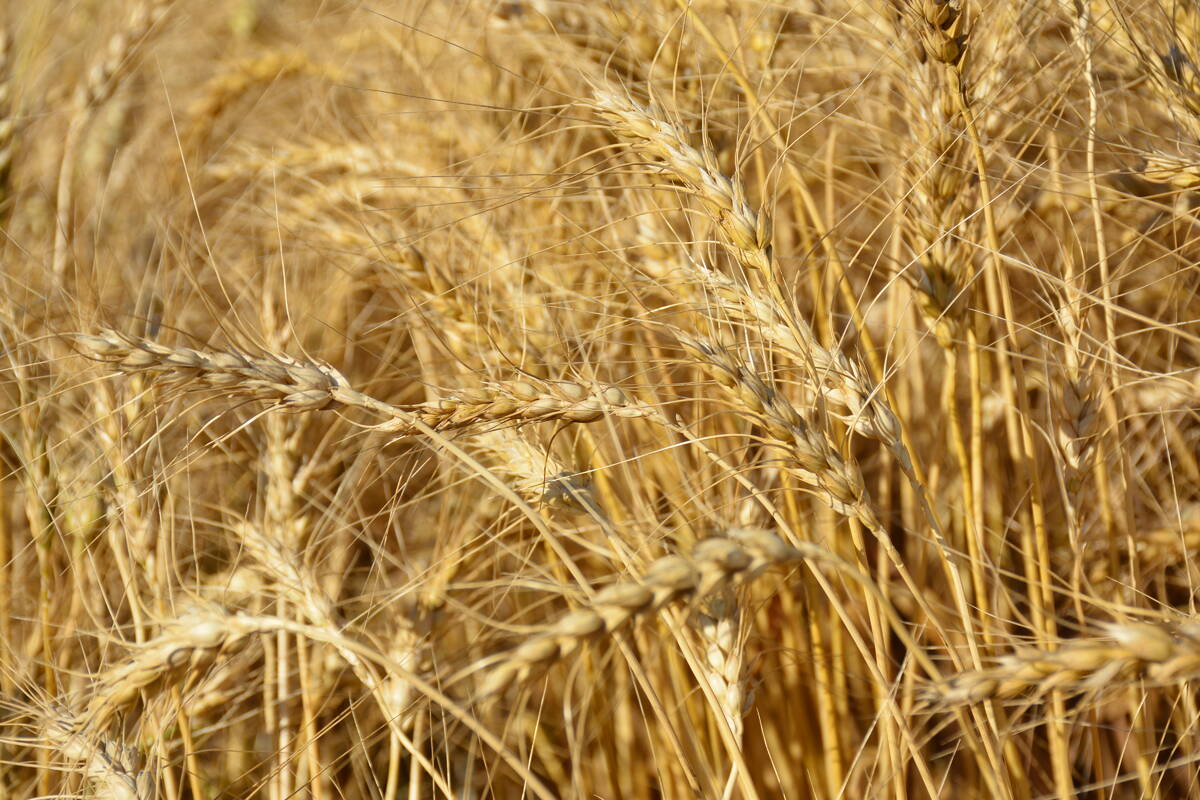ATLANTA, Ga. — Canadian scientists have been looking for antibiotic resistance in bacteria for nearly 10 years.
The Canadian Integrated Program for Antimicrobial Resistance Surveillance scans meat and poultry in grocery stores and oversees hog and poultry farms as it looks for trends in antimicrobial use and potential resistance.
It targets organisms such as salmonella, E. coli and campylobacter because they are responsible for causing illness in people.
David Leger of the Public Health Agency of Canada described the program at an antimicrobial resistance conference that the National Institute of Animal Agriculture held recently in Atlanta.
Read Also

Large wheat supply pressures prices
SASKATOON — World wheat prices are likely to continue falling as more bumper crops are harvested, says an analyst. Argus…
Data is collected from farms, abattoirs and selected retail outlets, but the information tends to lag as statistics are compiled.
Leger said the on-farm surveillance started with the hog industry, partly because pork producers had a well developed quality assurance program with plenty of data already available.
Producer and veterinarian groups were skeptical at first about the type of information to be collected and how it might be used.
The program agreed to share information with the groups before releasing it publicly so they would be prepared to comment if necessary. It was also agreed to pay the farms and veterinarians for participating.
The program collects fecal samples from pens and looks for generic E. coli and salmonella. Campylobacter was added only for poultry.
Questionnaires asked participants to describe antibiotic use in feed and water, dosage, herd demographics, general animal health and reasons for use, dosage and withdrawal.
The program was introduced in Alberta, Saskatchewan, Manitoba, Ontario and Quebec, which are the top five pork producing provinces and represents 80 percent of Canadian pork production.
Two years worth of data were collected by 2009 with few causes for concern.
“There was variation at the farm level, but we weren’t seeing a lot of temporal changes in terms of resistance in any given year,” he said.
The on-farm broiler program collects samples from the chick pads that come out of the crates when the birds are delivered from the hatchery. This shows what microbes are present in the barns receiving those chicks as well as what could coming from the hatchery.
British Columbia, Alberta, Ontario and Quebec are in the program because they represent 80 percent of broiler production in Canada.
The next stage is to start sampling beef operations in Alberta and dairy farms in B.C. and Ontario.
barbara.duckworth@producer.com















